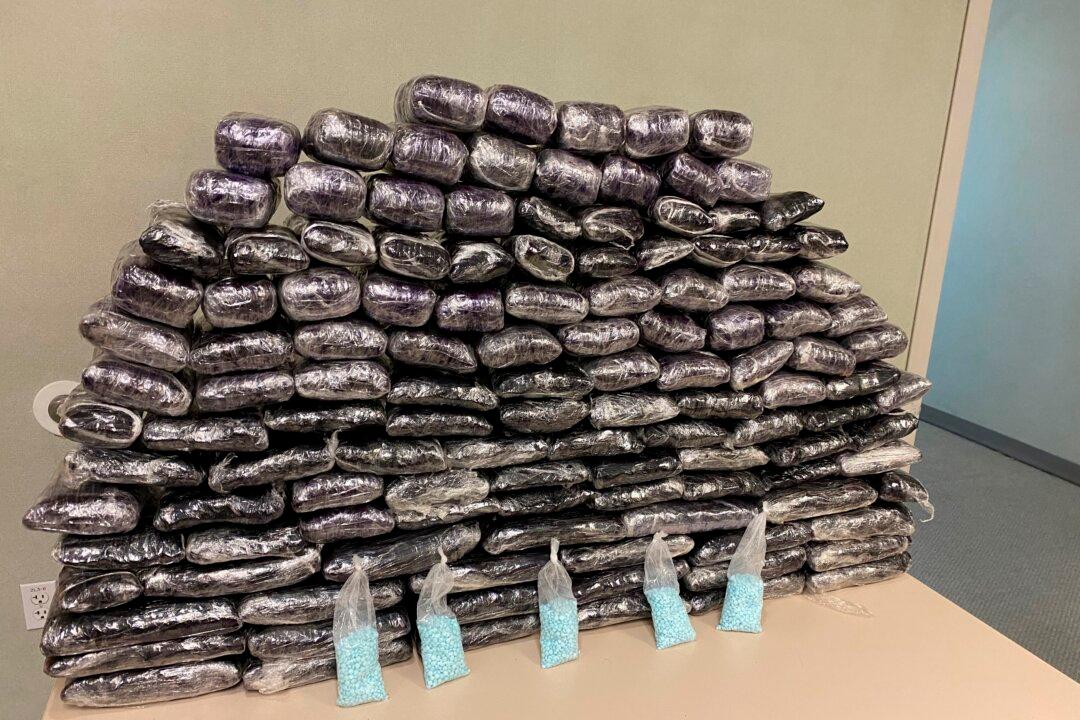As drugs pour across the southern border, only about 18 percent of vehicles entering from Mexico are searched by Customs and Border Protection (CBP) officers, their K-9s, and X-ray equipment, according to Guadalupe Ramirez, CBP director of field operations for Arizona.
The vast majority of the drugs that are seized at the southern border are being driven through the ports of entry, hidden in commercial trucks and personal vehicles.





